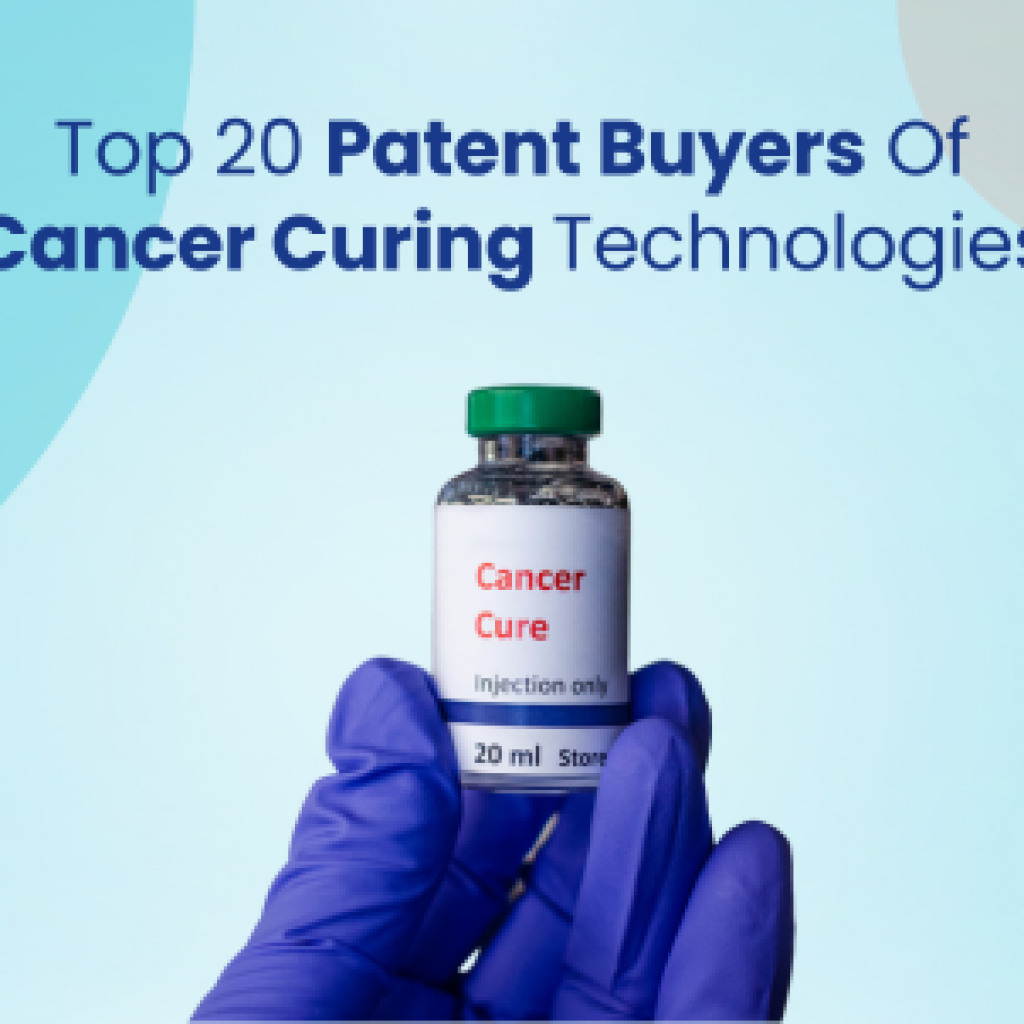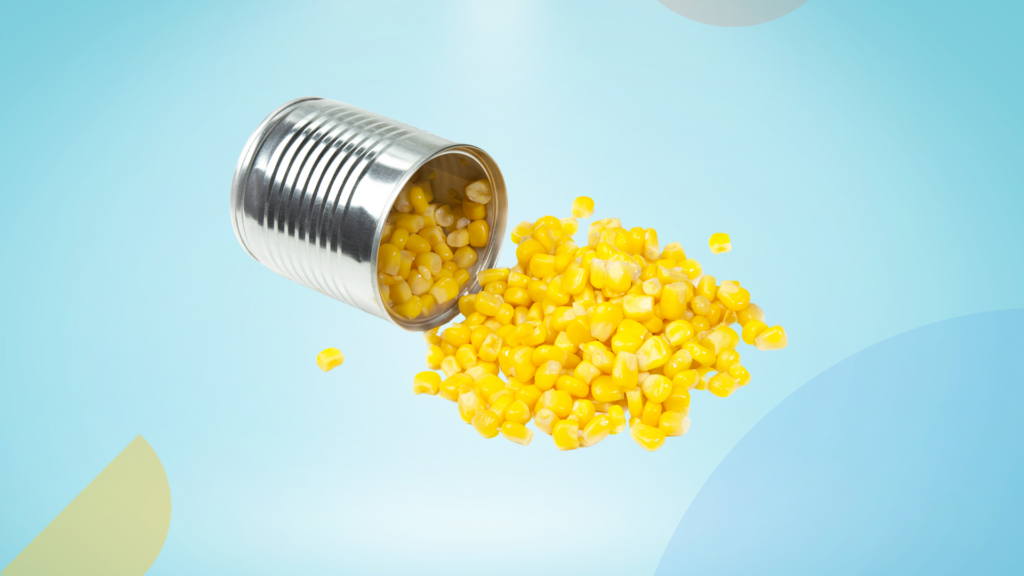Breast cancer is one of the most treatable cancers when found early, yet deaths in Southeast Asia are expected to nearly triple by 2040.
Cases often go undetected due to a lack of knowledge or access to proper diagnostic tools. Biotech startups are addressing this challenge with nanotechnology.
OncoRevive is one such startup focused on the APAC region. The company has developed a liquid biopsy platform integrated with nanotechnology. The tool assesses multiple cancer biomarkers through a single blood test in just 2 hours.
We spoke to Samira Sadeghi, the founder of OncoRevive, to understand the company’s approach and its potential implications for the industry. This interview is part of GreyB’s Scouted series. In this series, we spotlight innovative startups and speak to their founders about how their solutions can revolutionize the industry by solving problems. You can find all those interviews here.
The best way to tackle cancer patients’ challenges is through early detection. Whether you’re concerned about cancer or know someone at risk, it’s always important to consult a doctor and check your health before it’s too late.
– Samira Sadeghi

Samira Sadeghi is the founder of OncoRevive and a leading researcher in cancer treatments. With deep expertise in cancer biology and nanotechnology, she has developed innovative methods for delivering drugs using nanoparticles. Her work has also contributed to solving key challenges in protein research by applying advanced nanotechnology techniques.
Want to know how OncoRevive is doing it? See for yourself.
Overview: OncoRevive’s Multi-Omics Liquid Biopsy
OncoRevive’s technology combines liquid biopsy with nanotechnology to detect cancer at its earliest stages through a blood test. Unlike traditional liquid biopsies, which focus only on circulating tumor DNA (ctDNA), OncoRevive takes a multi-omics approach. It analyzes various biomarkers such as proteins, glycans, and DNA for a more accurate detection of cancer and its progression.
Additionally, the technology is designed to monitor treatment effectiveness and detect cancer recurrence, providing a continuous solution throughout a patient’s cancer care journey. Its affordability and ease of use make it accessible for pathology labs and clinics, reducing the need for expensive equipment and outsourcing while ensuring that the test can be administered efficiently.
Highlights from the conversation
How does nanotechnology improve liquid biopsy in cancer detection?
When cancer cells release biomarkers into the bloodstream, our technology uses nanotechnology to detect them through a simple blood test. Unlike traditional liquid biopsies focusing mostly on circulating tumor DNA (ctDNA), we look at a wider range of biomarkers—proteins, glycans, and DNA. This multi-omics approach gives us a more complete view of the cancer, allowing us to detect it at earlier stages and monitor it more effectively. Nanotechnology plays a key role by helping us capture a broader range of signals from cancer cells, making our detection method more sensitive and comprehensive.
How does detecting 30 biomarkers improve accuracy?
We don’t just look for one thing like DNA. By detecting 30 different biomarkers from cancer cells, including proteins and glycans, we get a complete picture of what’s happening in the body. This multi-biomarker approach improves the accuracy of our test because we can cross-check different indicators of cancer. It also reduces the chances of false positives or false negatives. Compared to technologies that focus only on DNA, we offer a much more thorough and reliable detection method, especially at early stages.
What were some key technical challenges you faced while developing a solution that improves traditional liquid biopsy methods?
One of our biggest challenges was aligning our technology with regulatory processes, especially FDA and TGA approval. Getting new technology approved is difficult, especially when the equipment is not yet FDA-approved. We’ve brought in people with commercialization experience who have navigated these approval processes before to help us overcome these hurdles. This has been a major focus for us as we move toward launching the product.
What regulatory hurdles have you encountered with OncoRevive’s technology?
One of the main challenges we’re facing is that the machine we use for our tests is not yet FDA-approved. So, not only do we need to get approval for our technology, but we also need approval for the equipment. This is a complex process, but we’re actively working on it. We’ve onboarded experts who have gone through FDA and TGA approvals before, and they are helping us navigate this path.
How has the broader community responded to your solution, and what feedback have you received from your customers?
The response has been overwhelmingly positive. Almost everyone has been affected by cancer in some way—whether personally or through friends and family. People are eager to find solutions that can make a real difference, and that’s what we aim to provide. We’re getting strong feedback from clinics and potential partners as well. While I can’t disclose specific partnerships yet, we’re already receiving patient samples from clinics in the U.S. and Australia, and we’re in discussions with more clinics worldwide.
How scalable is OncoRevive’s technology, and what markets are you currently targeting for expansion?
Our technology is highly scalable. For example, we only need about 1 ml of material per test, so the material requirements are very manageable even if we need to run hundreds of tests. This makes it easy for us to scale up production without significant challenges. We’re currently focusing on the APAC region, where we’ve established contacts in countries like Indonesia and Singapore. We’re based in Australia, but in the near future, we plan to expand into the U.S. and Europe with the help of one of our advisors based in the U.S.
Given that OncoRevive is still in the early stages of development, how are you ensuring the technology remains affordable and accessible as it evolves?
We’ve done a lot of market analysis to ensure our technology remains affordable. We’ve consulted with many experts in the field and priced our product to ensure it’s accessible, not just for clinics but for patients, too. We’re currently more than 40% cheaper than the most affordable existing technology. We’re committed to keeping it that way as we grow so labs and patients can easily access the benefits of early detection and cancer monitoring.
Accelerate your business expansion in the APAC region by partnering with breakthrough startups like OncoRevive.
- Get a customized analysis of emerging startups.
- Leverage data-driven scouting to pinpoint key trends.
- Identify disruptive technologies that match your strategic goals.
Meet our Interviewer – Shabaz Khan, Marketing Manager at GreyB

Shabaz Khan, a seasoned marketing manager at GreyB, leads the Scouted By GreyB campaign. With a decade of experience, he specializes in delivering critical insights to Innovation leaders, R&D, and IP teams about evolving tech landscapes, innovation trends, and emerging breakthrough startups. Shabaz excels at aligning research data with business needs and developing strategies to solve innovation challenges. His leadership and problem-solving skills make him a valuable asset in R&D and IP research.
Want to be featured in Scouted by GreyB? Join a conversation with our experts and showcase your groundbreaking technology.
Book your slot today!
Authored By: Ridhima Mahajan, Marketing











